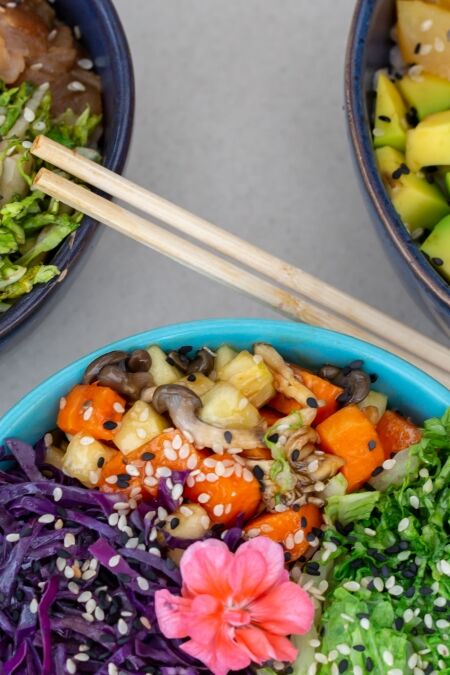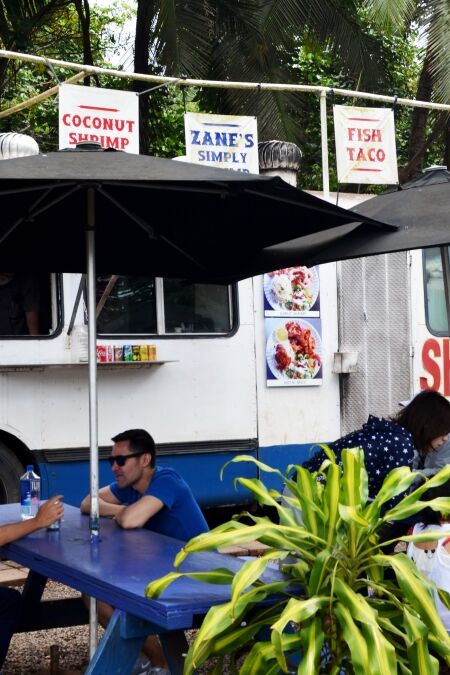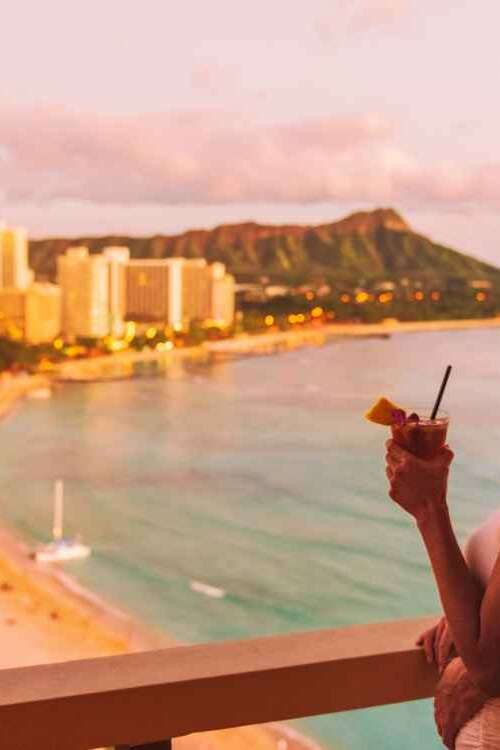Kaʻū, located on the southern tip of Hawaii’s Big Island, is a remarkable destination where rugged landscapes, rich cultural history, and outdoor adventures come together. While often overlooked in favor of busier areas like Kona and Hilo, Kaʻū offers a truly unique and off-the-beaten-path experience. This article explores Kaʻū’s top attractions, outdoor activities, cultural landmarks, and insider tips for making the most of your visit to this hidden gem.
Highlights
- Witness the active Kīlauea volcano and hike across volcanic craters and lava fields.
- Relax on one of Hawaii’s most famous black sand beaches and watch for endangered Hawaiian green sea turtles basking on the shore.
- Visit the southernmost point of the United States, where you can take in panoramic ocean views and experience the strong coastal winds that give this spot its rugged beauty.
- Sample award-winning Kaʻū coffee, considered some of the best in the world. Tour local farms to learn about the coffee-growing process and taste fresh brews right from the source.
- Hike to one of the rarest beaches in the world with stunning green sand, created by the mineral olivine.
History
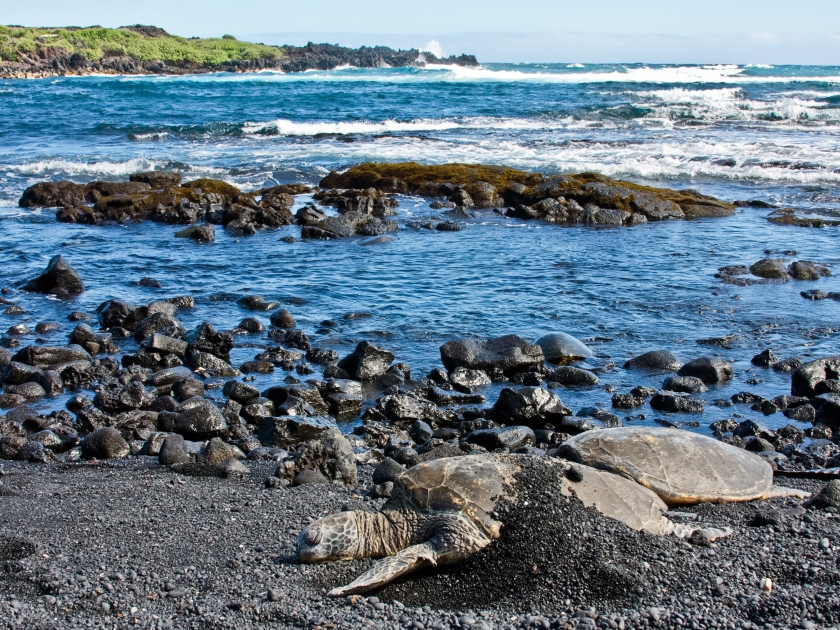
Early Settlement in Kaʻū
Kaʻū is believed to be one of the first areas of Hawaiʻi to be settled, with evidence of human habitation dating back to 1,000 BCE. The early settlers thrived in this remote region, relying on the natural resources of the land and sea to establish a resilient and enduring community.
Kaʻū as an Ancient District (Moku)
As one of the original six moku (districts) in ancient Hawaiʻi, Kaʻū had its local leadership, with chiefs overseeing land divisions and cultural practices. Each moku was a self-sufficient region, contributing to the broader Hawaiian kingdom’s social and political structure.
Life Around the Volcanoes
Volcanic activity has always shaped life in Kaʻū. The district’s residents adapted to the land’s ever-changing nature, utilizing the fertile volcanic soil for agriculture while respecting the power of nearby Mauna Loa and Kīlauea. This connection with the land is still felt in the area’s agricultural practices today.
The Rise of Sugar Plantations
In the 19th century, Kaʻū saw a significant transformation as the sugar industry took root. The establishment of large plantations brought waves of immigrant workers from places like the Philippines and Japan, leading to a flourishing economy and a culturally diverse community.
Cultural Shifts in Plantation Times
The influx of workers during the sugar plantation boom sparked social and cultural changes throughout Kaʻū. This blend of cultures gave rise to new traditions, languages, and customs that are still evident in the district’s unique cultural identity today.
After the Sugar Industry Decline
With the closure of sugar plantations in the late 20th century, Kaʻū faced economic challenges. However, the community has gradually shifted its focus to new industries, such as tourism and agriculture, which have revitalized the local economy and brought new opportunities.
Kaʻū Today: Beauty and Tradition
Modern Kaʻū remains a place of rugged natural beauty and cultural heritage. With its dramatic coastline, volcanic landscapes, and preservation of ancient traditions like hula and Hawaiian language, the district offers visitors a glimpse into a more authentic, less-commercialized Hawaii.
Top Attractions in Kaʻū
Punaluʻu Black Sand Beach
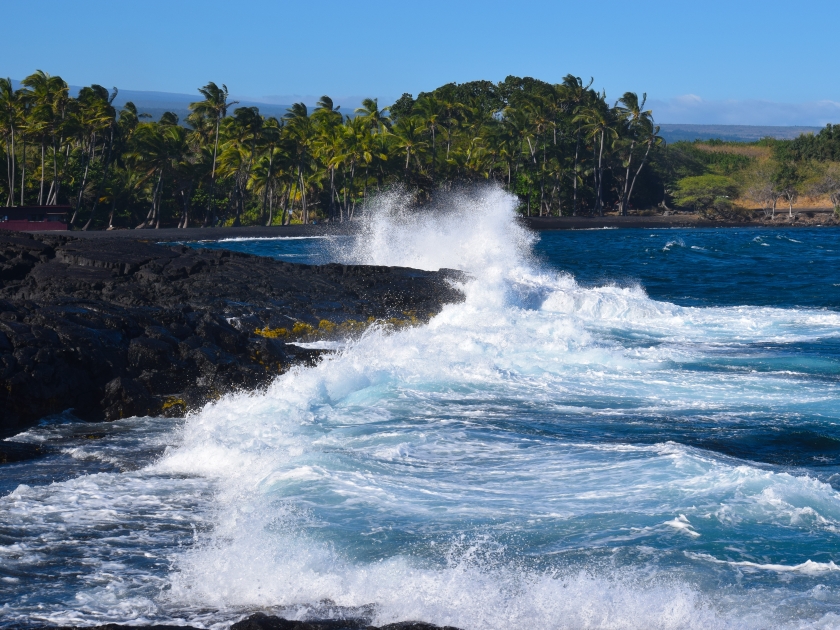
Punaluʻu is one of the most iconic black sand beaches in Hawaii, known for its jet-black shores formed from volcanic lava. This picturesque beach is a popular spot for spotting Hawaiian green sea turtles (honu) basking in the sun, making it a must-visit for nature lovers and photographers.
Papakōlea Green Sand Beach
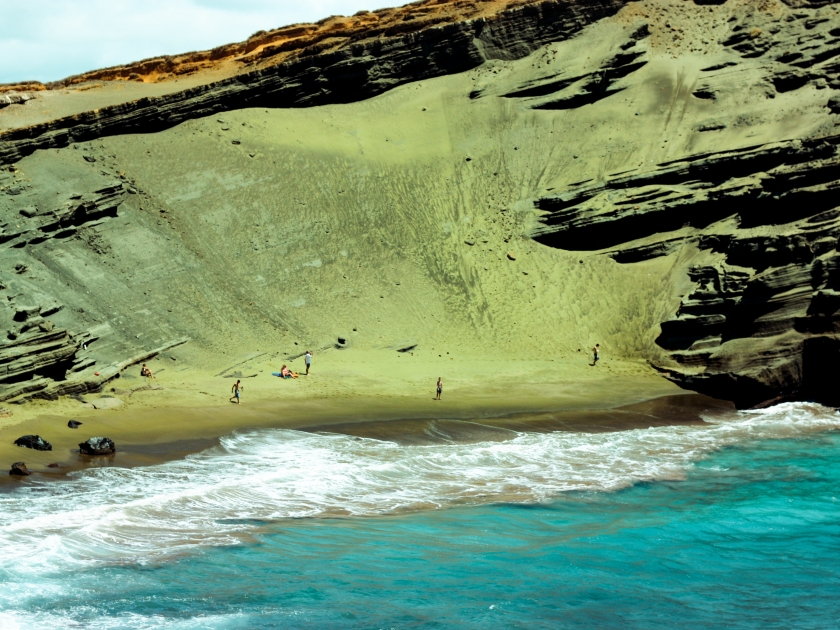
Papakōlea Green Sand Beach is a geological wonder, one of only four green sand beaches in the world. Its unique color comes from olivine crystals eroded from volcanic rock, offering a rare and stunning backdrop for adventurous visitors who hike the rugged trail to reach it.
Ka Lae (South Point)
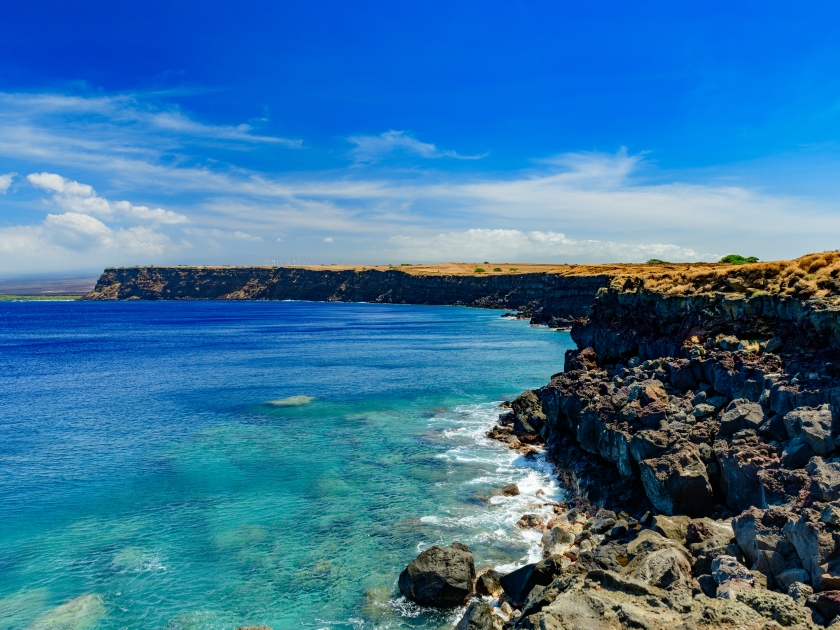
Ka Lae, also known as South Point, is the southernmost point in the United States. This windswept area features dramatic cliffs, and ancient Hawaiian fishing spots, and is steeped in local history. Visitors can enjoy cliff diving or simply take in the breathtaking ocean views from the rugged coastline.
Hawaiʻi Volcanoes National Park (Kaʻū side)
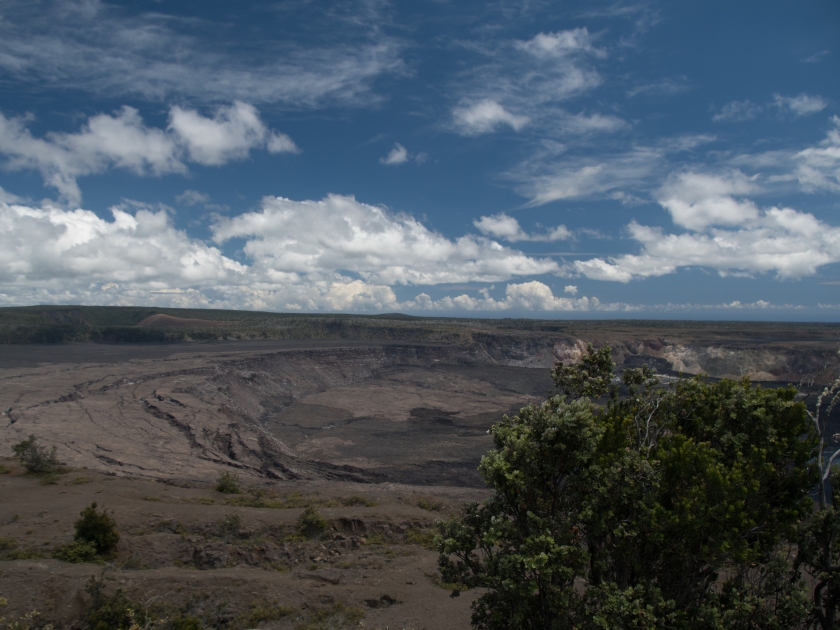
The Kaʻū side of Hawaiʻi Volcanoes National Park offers a quieter, less-crowded way to explore the volcanic wonders of the Big Island. Hike scenic trails through the park’s unique lava landscapes, and enjoy stunning views of Kīlauea without the heavy foot traffic of more popular areas.
Coffee Farms
Kaʻū is home to some of the most renowned coffee farms in Hawaii, producing the award-winning Kaʻū Coffee. Visitors can tour these farms to learn about the coffee-growing process, from bean to cup, and sample freshly brewed coffee while taking in the beautiful rolling hills and scenic landscapes surrounding the area. These tours provide an intimate look into the region’s agricultural heritage and offer a taste of one of Hawaii’s best-kept secrets.
Outdoor Activities in Kaʻū
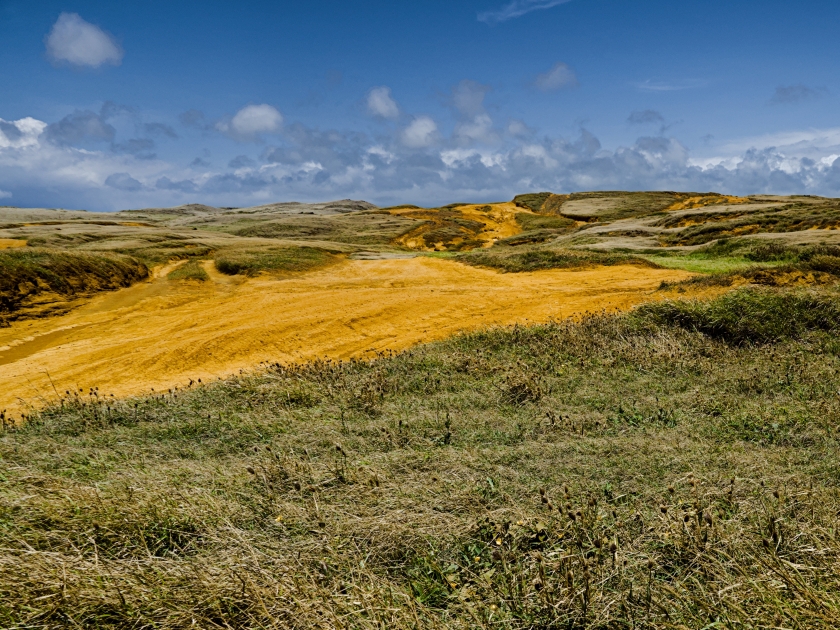
Explore Kaʻū’s Scenic Hiking Trails
Kaʻū offers a range of unforgettable hikes, from the stark beauty of the Kaʻū Desert Trail to the rugged coastal paths at South Point. These trails take you through diverse landscapes, including volcanic deserts and lush coastlines, providing hikers with sweeping views of the Pacific and Hawaii’s dramatic volcanic terrain.
Snorkeling and Water Adventures
For snorkeling enthusiasts, Kaʻū delivers excellent underwater experiences near Punaluʻu Beach and Ka Lae. These areas are home to vibrant marine life, including sea turtles, tropical fish, and coral reefs. Whether you’re a beginner or an experienced snorkeler, the calm waters and unique volcanic surroundings make it an ideal spot for aquatic exploration.
Take a Scenic Drive Along Kaʻū’s Coastline
Embark on a scenic drive along Highway 11, which offers breathtaking views of Kaʻū’s rugged coastline and volcanic landscapes. The winding road takes you through lush greenery, and past historic landmarks, and offers stunning ocean vistas at every turn. This drive is perfect for leisurely exploring the beauty of Kaʻū while enjoying the peaceful atmosphere of the island’s southern region.
Stargazing in Kaʻū’s Clear Skies
Kaʻū is one of the best spots for stargazing on the Big Island, thanks to its low light pollution and wide-open skies. After a day of exploring, set up at one of the coastal lookouts or parks to experience a night filled with brilliant stars. Whether you bring a telescope or gaze up at the sky, the tranquil surroundings make stargazing in Kaʻū a magical experience.
Where to Stay in Kaʻū
For a memorable stay in Kaʻū, consider Colony I at Sea Mountain, which offers a unique blend of comfort and proximity to the ocean, making it ideal for families and those seeking a laid-back atmosphere. Alternatively, Volcano House, located within Hawai’i Volcanoes National Park, provides a historic experience with stunning views of Kīlauea, allowing guests to immerse themselves in the natural beauty and geological wonders of the area.
Dining and Local Cuisine
Dining in Kaʻū is a treat for food lovers, offering fresh, locally sourced flavors that create a true culinary adventure. A must-visit is the Punaluʻu Bake Shop, celebrated for its irresistible Hawaiian sweetbreads and malasadas—perfect for a quick snack or breakfast. For casual dining, Hana Hou Restaurant serves up hearty Hawaiian dishes, with daily specials featuring local ingredients. Each of these restaurants captures the authentic flavors of Kaʻū, making your dining experience as memorable as your adventures. Visit their websites for more details.
Tips for Visiting Kaʻū
- Pack for diverse weather: Kaʻū’s weather can vary, from sunny beaches to cooler, rainy upland areas, so pack layers and a rain jacket.
- Bring sturdy shoes: Many of Kaʻū’s top attractions involve hiking or walking on uneven terrain, so comfortable, durable footwear is a must.
- Stay hydrated: The area’s remote location means services can be limited, so carry plenty of water, especially when hiking or spending time outdoors.
- Respect local culture and wildlife: Kaʻū is rich in Hawaiian history and natural beauty. Be mindful of cultural sites, and observe wildlife, like sea turtles, from a respectful distance.
- Plan for limited services: Cell reception and amenities can be sparse in some areas, so it’s wise to download maps ahead of time and bring snacks for long outings.
- Check beach conditions: The ocean can be unpredictable, so always check for safety conditions before swimming or snorkeling.
- Support local businesses: Dining at local eateries, touring coffee farms, and shopping for handmade goods helps sustain the community.
- Visit early for fewer crowds: Popular spots like Punaluʻu Beach or Papakōlea Green Sand Beach are best enjoyed early in the day to avoid crowds.
Best Times to Visit
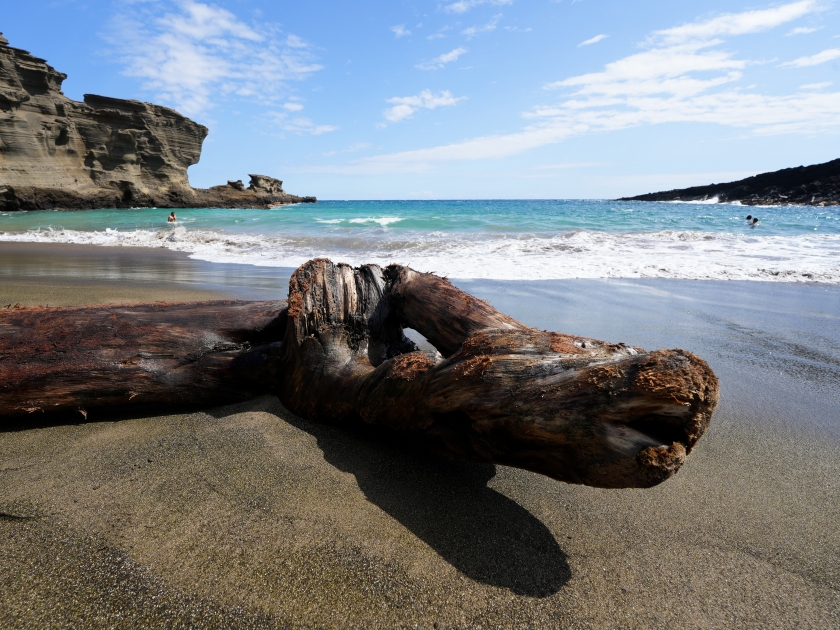
The best time to visit Kaʻū is during the spring and fall months, from April to June and September to November. During these periods, the weather is pleasantly mild, with fewer crowds compared to the summer months. These seasons also offer ideal conditions for outdoor activities like hiking, stargazing, and exploring the region’s beaches. If you’re interested in local festivals, plan your trip around the Kaʻū Coffee Festival in May to enjoy a taste of the region’s agricultural heritage.
Frequently Asked Questions (FAQs)
Kaʻū is known for its rugged landscapes, volcanic history, and pristine beaches, offering a quieter, off-the-beaten-path experience on the Big Island of Hawaii.
Top activities in Kaʻū include visiting Hawaii Volcanoes National Park, exploring Punaluʻu Black Sand Beach, and hiking to Papakōlea Green Sand Beach.
Yes, Kaʻū is worth visiting for its natural beauty, including stunning coastlines, volcanic landscapes, and unique cultural experiences.
Kaʻū is approximately 1.5 to 2 hours by car from Kona, depending on your destination within the district.
Kaʻū is home to famous beaches like Punaluʻu Black Sand Beach and Papakōlea Green Sand Beach, known for their unique sand colors.
Yes, Kaʻū provides convenient access to Hawaii Volcanoes National Park, which is a must-see attraction in the area.
How to Get There
By Car
To reach Kau by car, start your journey from Kailua-Kona and head south on Highway 11. This scenic route, known as Mamalahoa Highway, takes you through vibrant landscapes and charming small towns. Continue on Highway 11 for approximately 80 miles until you arrive in Kau, enjoying views of the ocean on one side and lush greenery on the other.
By Bus
For those opting to travel by bus, public transportation is available through the Hele-On Bus service. This budget-friendly option provides several daily routes from Kona to Kau, offering a convenient and eco-friendly way to explore the island’s southern region. Be sure to check the latest schedule and route information to ensure a smooth journey.
Dive Into Hawaii’s Best-Kept Secret
Kaʻū is a treasure trove of natural beauty, rich culture, and thrilling adventure, offering a unique escape from Hawaii’s more crowded destinations. Step off the beaten path and immerse yourself in the authentic, untamed spirit of the Big Island. It’s time to let Kaʻū’s captivating charm steal your heart—plan your journey today!


